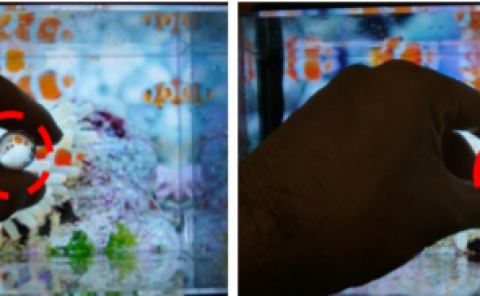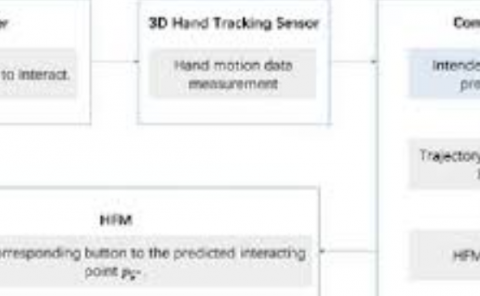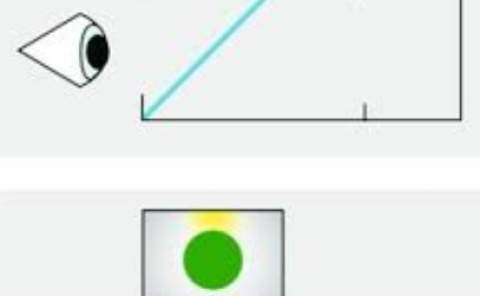Accuracy Evaluation of Touch Tasks in Commodity Virtual and Augmented Reality Head-Mounted Displays
PubDate: Sep 2021
Teams: Coburg University of Applied Sciences and Arts;University of Primorska;Microsoft Research;University of Cambridge
Writers: Daniel Schneider, Verena Biener, Alexander Otte, Travis Gesslein, Philipp Gagel, Cuauhtli Campos, Klen Čopič Pucihar, Matjaž Kljun, Eyal Ofek, Michel Pahud, Per Ola Kristensson, Jens Grubert
PDF: Accuracy Evaluation of Touch Tasks in Commodity Virtual and Augmented Reality Head-Mounted Displays

Abstract
An increasing number of consumer-oriented head-mounted displays (HMD) for augmented and virtual reality (AR/VR) are capable of finger and hand tracking. We report on the accuracy of off-the-shelf VR and AR HMDs when used for touch-based tasks such as pointing or drawing. Specifically, we report on the finger tracking accuracy of the VR head-mounted displays Oculus Quest, Vive Pro and the Leap Motion controller, when attached to a VR HMD, as well as the finger tracking accuracy of the AR head-mounted displays Microsoft HoloLens 2 and Magic Leap. We present the results of two experiments in which we compare the accuracy for absolute and relative pointing tasks using both human participants and a robot. The results suggest that HTC Vive has a lower spatial accuracy than the Oculus Quest and Leap Motion and that the Microsoft HoloLens 2 provides higher spatial accuracy than Magic Leap One. These findings can serve as decision support for researchers and practitioners in choosing which systems to use in the future.



